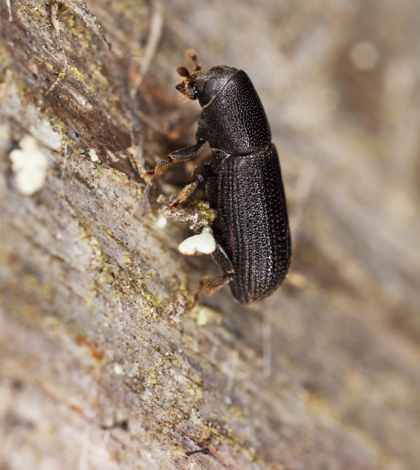Pacific Gas and Electric Company (PG&E) has partnered with Cal Fire to help educate residents on wildfire risk due to the California drought. They are encouraging homeowners to remove or prune dead or dying trees. The partnership comes in light of the dozens of wildfires that are raging across the state.
Most homeowners are unaware of another problem that sparks from dying trees: Bark Beetle infestations. According to Cal Fire, there are more than 200 species of Bark Beetles in California, all of which are attracted to stressed, diseased or injured trees.
Even though trees are designed to fight off beetle infestations with its sap, trees that are stressed due to the California drought may not produce enough sap to keep the infestation from occurring.
Residents will begin seeing advertisement from PG&E and Cal Fire, warning about the Bark Beetles and how to properly maintain trees.
“In some communities, bark beetles have killed 85 percent of the trees. These dead trees are just waiting to go up in flames. We appreciate PG&E’s tree work and support on this critical public safety issue, and we urge homeowners to help reduce wildfire risk by removing dead trees on their property, and properly maintaining healthy trees. These steps will help create a healthy, more resilient forest for generations to come,” Dennis Mathisen, Cal Fire Chief of Public Education, said in a statement.
You may have a Bark Beetle infestation if:
- The tree is releasing sap that is reddish-brown in coloring.
- The tree sap is accompanied with sawdust like substance.
- Needles or leaves begin turning brown, which usually begins at the top of the tree and moves downward.
To learn more about Bark Beetles and how to protect your trees, click here.
 California Water News Daily Your Source For Water News in California
California Water News Daily Your Source For Water News in California


